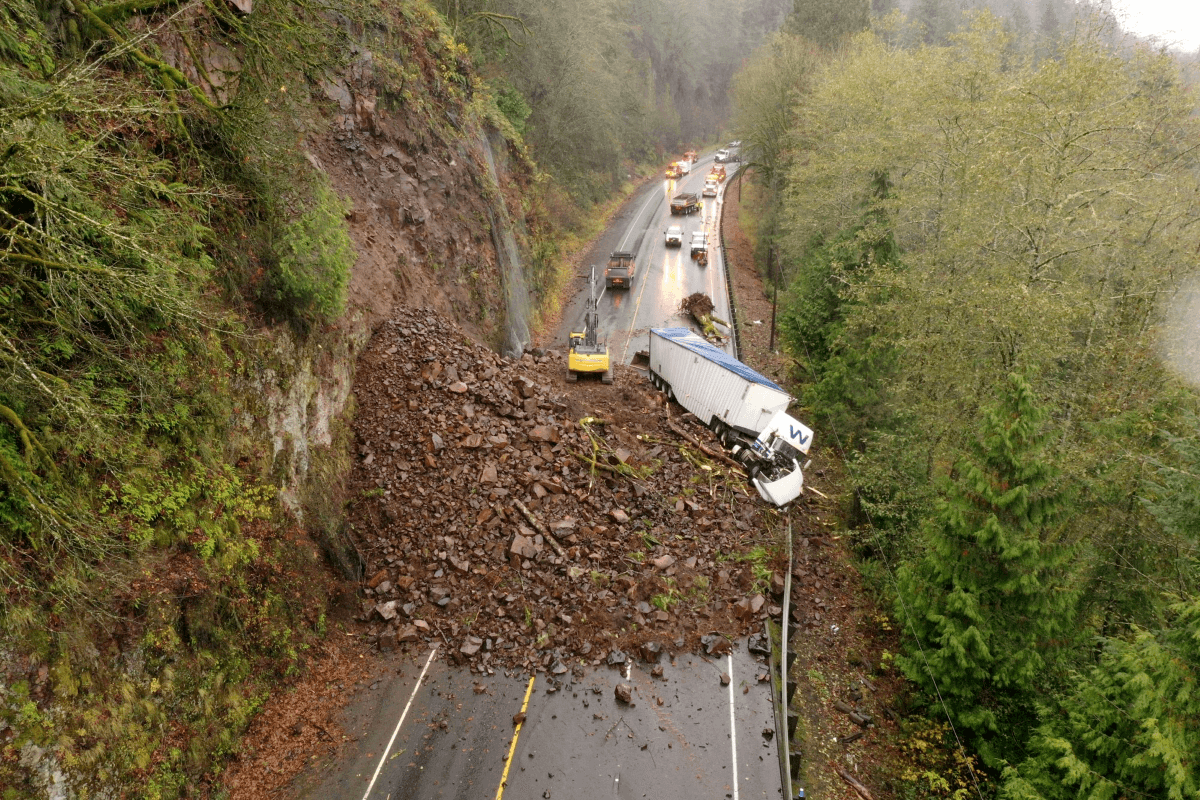Landslides
An avalanche is a sudden, rapid flow of snow down a mountain slope,
often triggered by new snowfall, wind, temperature changes, or human activity. These powerful snow slides
can reach speeds of up to 80 mph (130 km/h) and cause significant destruction. To prevent being caught in an
avalanche, it is crucial to be aware of the conditions that can trigger one by checking avalanche forecasts and
weather conditions. Proper training, traveling with safety gear (such as avalanche beacons, probes, and shovels),
and maintaining a safe distance from others in your group can reduce the risk of getting caught in an avalanche.
Landslides are natural disasters that occur when masses of rock, earth, or
debris move down a slope due to gravity. They are often triggered by factors
such as heavy rainfall, earthquakes, volcanic activity, or human activities like deforestation and
construction. Landslides can cause significant damage to property, infrastructure, and even loss of
life. The speed and volume of material involved in a landslide can vary greatly, from slow, gradual
movements to rapid, catastrophic flows. They are common in mountainous
and hilly regions, but can also occur in areas with loose, unstable soil.
To escape a landslide, it's crucial to remain alert and aware of your surroundings,
especially during heavy rain or after seismic activity. If you are in a landslide-prone
area, listen for unusual sounds such as rumbling or cracking, which may indicate an impending
slide. Move to higher ground immediately if you suspect a landslide is occurring. Avoid river
valleys and low-lying areas where debris flows might travel. If you are driving, try to get out
of the path of the landslide and seek shelter in a sturdy building. After a landslide, stay away
from the affected area as additional slides may follow.
Always have an emergency plan in place and know the safest routes to evacuate.
